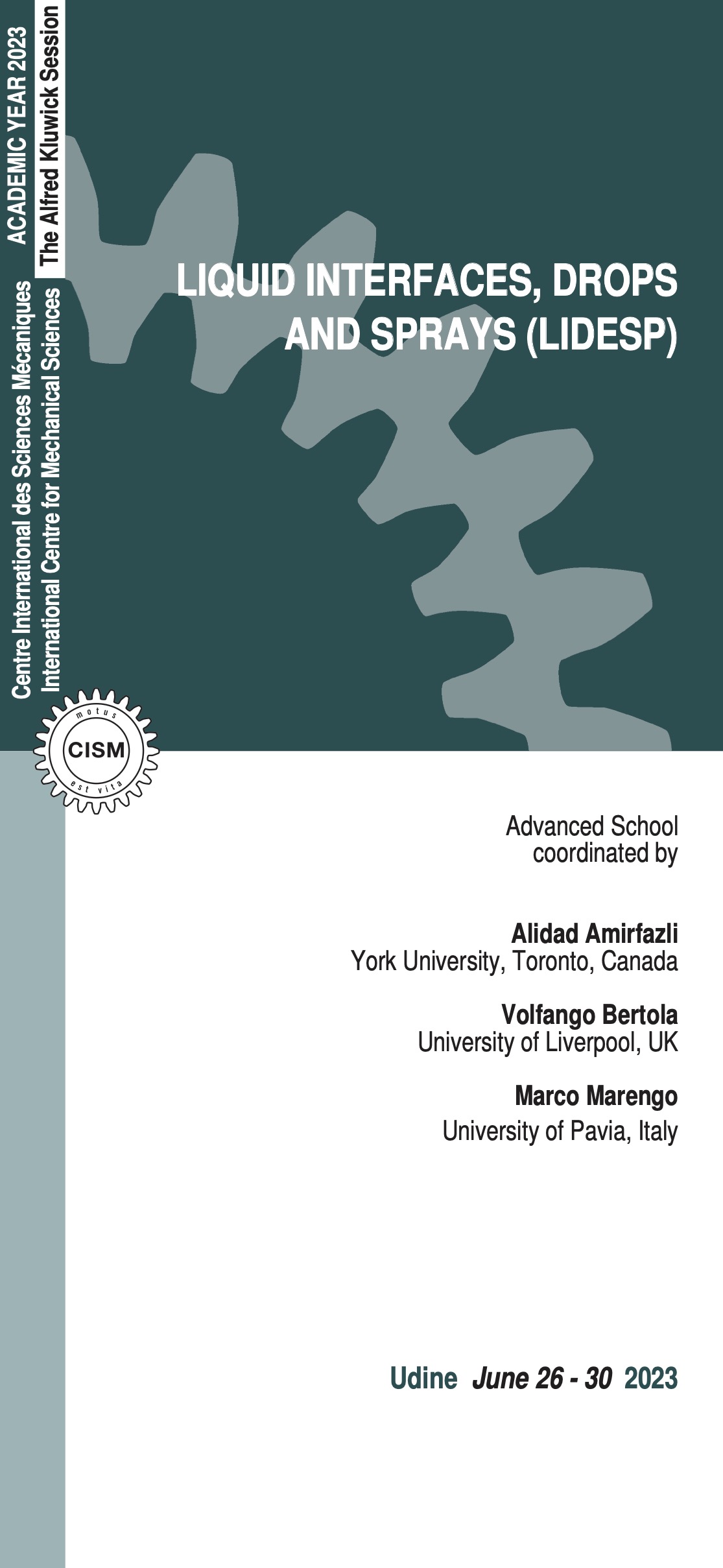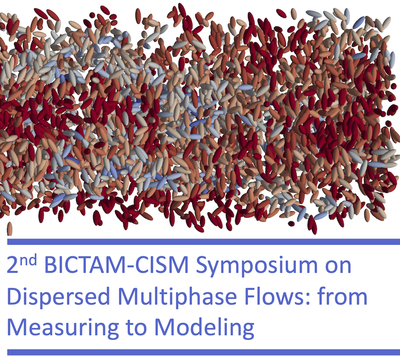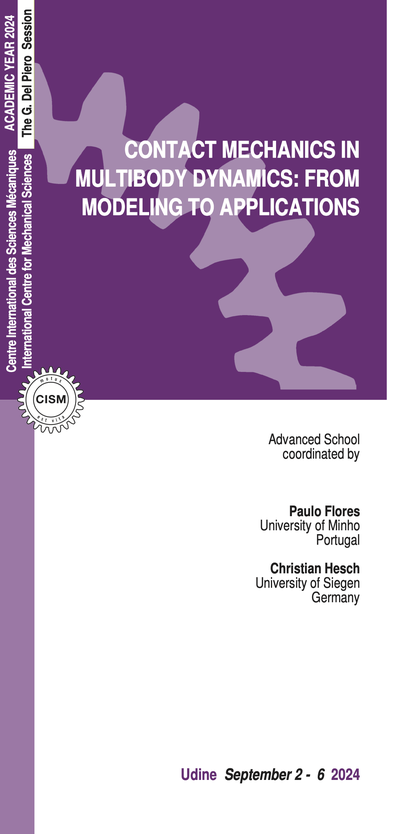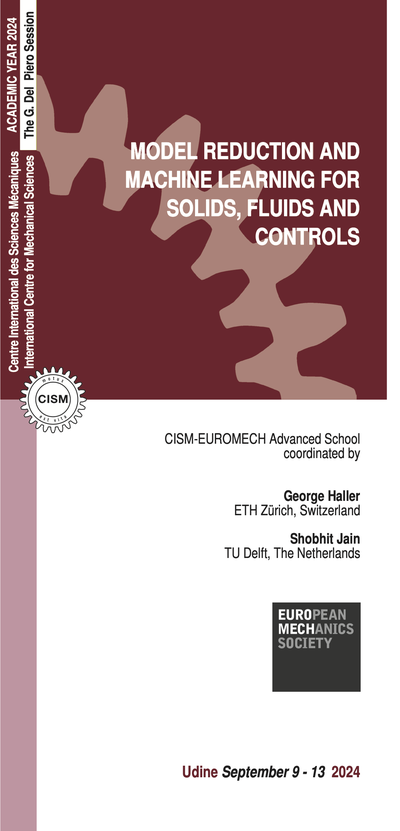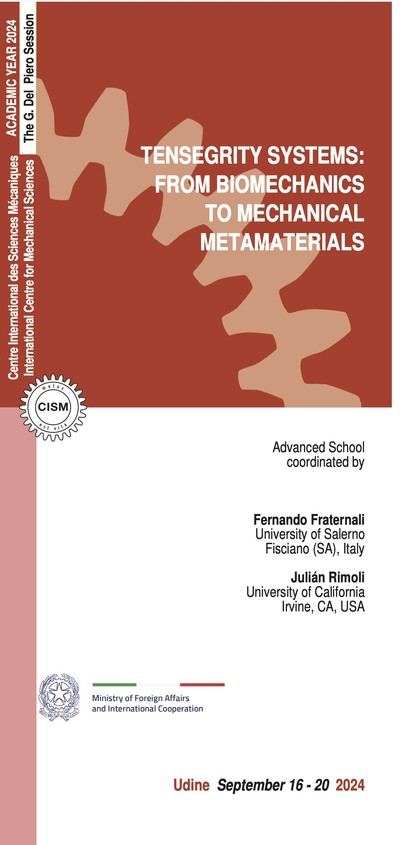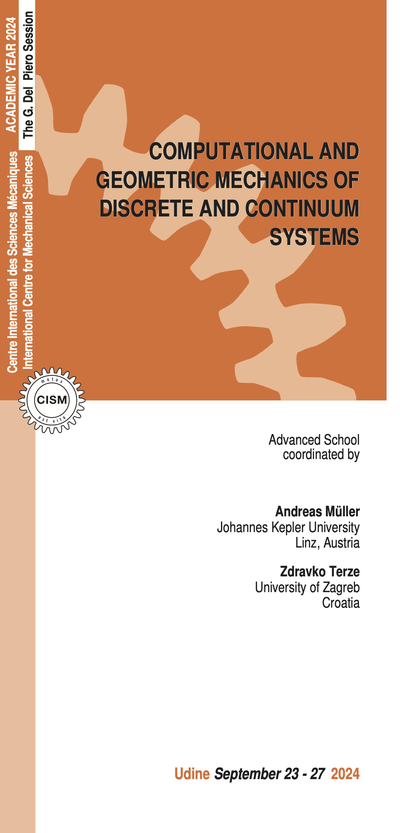The knowledge of the physics of liquid drops and sprays is essential for many applications, from aeronautics (icing) to oil extraction (effervescent sprays, drop collisions in pipes), from electronics (spray cooling) to agriculture (distribution of agrochemicals), from microfluidics (droplet management) to painting processes (spray coating), from biology (blood droplets, sterilization) to thermal transfer (condensation in heat exchangers), from chemical and process engineering (drying tower) to medical applications.
The course objective is to provide the participants with a thorough overview of the state-of-the-art knowledge on the physics of drops and sprays and its applications in industrial processes as well as in everyday life, based on recent research results and on the most updated methods for the prediction of dynamic outcomes, heat transfer, wettability effects, their measurement, and their numerical simulation. Specific attention will be paid to the applications in life sciences, such as microdroplet management. Application to chemical processes will be dealt with special care in view of the industrial interest towards this component, while the very recent application of drop management in microscale, including microstructured surfaces will be treated in detail.
Lectures will cover several topics, including: an introduction of the basic Thermodynamics and Fluid Mechanics of interfaces; Experimental techniques to measure interfacial properties; Drop impact phenomena on solid and liquid surfaces; Heat and mass transfer in drops; Superhydrophobicity; Physics of sprays and spray characterization techniques; Non-Newtonian drops; Advanced numerical methods for interfacial flows.
The course is addressed to postgraduate students and young researchers in the fields of Engineering, Chemistry, Biology, Medicine, Applied and Fundamental Sciences, as well as to professionals and R&D staff from industry. The course is especially of interest to researchers dealing with phenomena involving drops and sprays. In terms of mathematics and physics, lectures are delivered at the level of a good Postgraduate or Ph.D. degree. The pre-requisites are a background in Mathematics and Physics equivalent to a Master’s Degree in Engineering or Physics, and a good university-level understanding of Fluid Dynamics and Heat Transfer.
Neumann, A. W., David, R., and Zuo, Y (Eds.) (2011). Applied Surface Thermodynamics, 2nd Ed. CRC Publishing (Chapters 1, 2, and 7).
A.J.B. Milne, A. Amirfazli (2012). “The Cassie Equation: How it is Meant to be Used”, Adv. Colloid Interface Sci. 170, 48-55.
W. Li, A. Amirfazli, (2007) “Design of microtextured superhydrophobic surfaces: a thermodynamic analysis”, Adv. Colloid Interface Sci., 132, 51-68.
C. Josserand and S. T. Thoroddsen (2016). "Drop impact on a solid surface." Annual review of fluid mechanics 48, 365-391.
M. Marengo, C. Antonini, I. V. Roisman, and C. Tropea (2011). “Drop collisions with simple and complex surfaces”. Current Opinion in Colloid & Interface Science, 16(4), 292–302.
D. Quéré (2013). “Leidenfrost dynamics”, Annual Review of Fluid Mechanics 45, 1, 197-215.
V. Bertola and G. Brenn (2020). “Transport Phenomena Across Interfaces of Complex Fluids: Drops and Sprays”. In: T. Burghelea and V. Bertola (Eds.), Transport Phenomena in Complex Fluids, CISM International Centre for Mechanical Sciences 598 (pp. 293-360), Springer.
J. Breitenbach, I. V. Roisman, and C. Tropea (2018). "From drop impact physics to spray cooling models: a critical review." Experiments in Fluids 59, 3, 1-21.
G. Soligo, A. Roccon and A. Soldati (2021) “Turbulent Flows with Drops and Bubbles: What Numerical Simulations Can Tell Us – Freeman Scholar Lecture ”, ASME J. Fluids Eng., 143, 080801.
G. Tryggvason, R. Scardovelli, S. Zaleski (2011). Direct Numerical Simulations of Gas–Liquid Multiphase Flows (pp. 21-94 & 270-278). Cambridge: Cambridge University Press.
7 lectures on: Introduction to wetting phenomena. Dynamics of drops deposited on a surface: Sessile drops and drop shedding, contact angle hysteresis. Superhydrophobicity: Theory and applications of superhydrophobic surfaces. Manufacturing techniques of superhydrophobic surfaces.
8 lectures on: Surface tension measurement techniques. Measurement of fluid interfaces, corners and angles by digital image processing. Drop impact with a solid surface. Heat and mass transfer in drops and drop impact on heated surfaces. Impact of non- Newtonian drops on solid and soft surfaces.
8 lectures on: Introduction to fluid mechanics of liquid interfaces. Introduction to drop-wall interactions on dry and wetted surfaces. Drop-drop collision. Physics of sprays and their applications.
4 lectures on: Introduction to modeling approaches to simulate interfaces, drops and bubbles: Lagrangian and Eulerian approaches. Modeling approaches to simulate interfaces, drops and bubbles in turbulence. The phase field approach: basics and applications.
4 lectures on: Techniques of atomization. Spray characterisation: Quantifiers and standards. Spray analysis: Phase Doppler techniques, other optical techniques.
4 lectures on: Volume Of Fluid (VOF) methods. Computation of surface tension and curvature. Other methods: lattice Boltzmann, Front tracking, mixed methods. Applications to atomisation, contact lines, phase change and boiling.
ADMISSION AND ACCOMMODATION
The course is offered in a hybrid format giving the possibility to attend the course also by remote (on Microsoft Teams platform). On-site places are limited and assigned on first come first served basis.
The registration fees are:
On-site participation, 600.00 Euro + VAT*
This fee includes a complimentary bag, five fixed menu buffet lunches, hot beverages, downloadable lecture notes.
Deadline for on-site application is May 26, 2023.
Online participation, 250.00 Euro + VAT*
This fee includes downloadable lecture notes.
Deadline for online application is June 14, 2023.
Application forms should be sent on-line through the following web site: http://www.cism.it
A message of confirmation will be sent to accepted participants.
Upon request a limited number of on-site participants can be accommodated at CISM Guest House at the price of 35 Euro per person/night (mail to: foresteria@cism.it).
* where applicable (bank charges are not included) Italian VAT is 22%.
CANCELLATION POLICY
Applicants may cancel their registration and receive a full refund by notifying CISM Secretariat in writing (by email) no later than:
- May 26, 2023 for on-site participants (no refund after the deadline);
- May 14, 2023 for online participants (no refund after the deadline).
Cancellation requests received before these deadlines will be charged a 50.00 Euro handling fee. Incorrect payments are subject to Euro 50,00 handling fee.
GRANTS
A limited number of participants from universities and research centres who are not supported by their own institutions can request the waiver of the registration fee and/or free lodging.
Requests should be sent to CISM Secretariat by April 26, 2023 along with the applicant's curriculum and a letter of recommendation by the head of the department or a supervisor confirming that the institute cannot provide funding. Preference will be given to applicants from countries that sponsor CISM.
